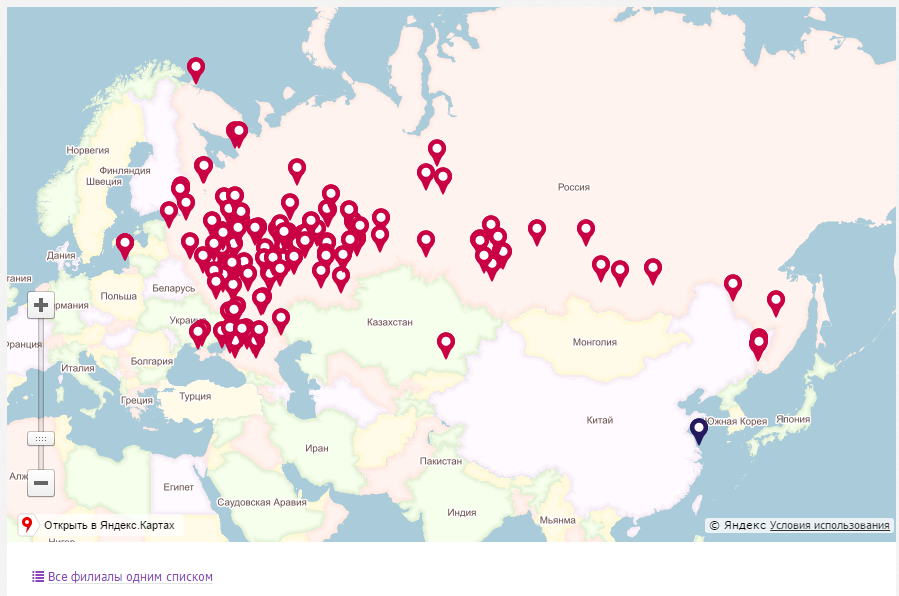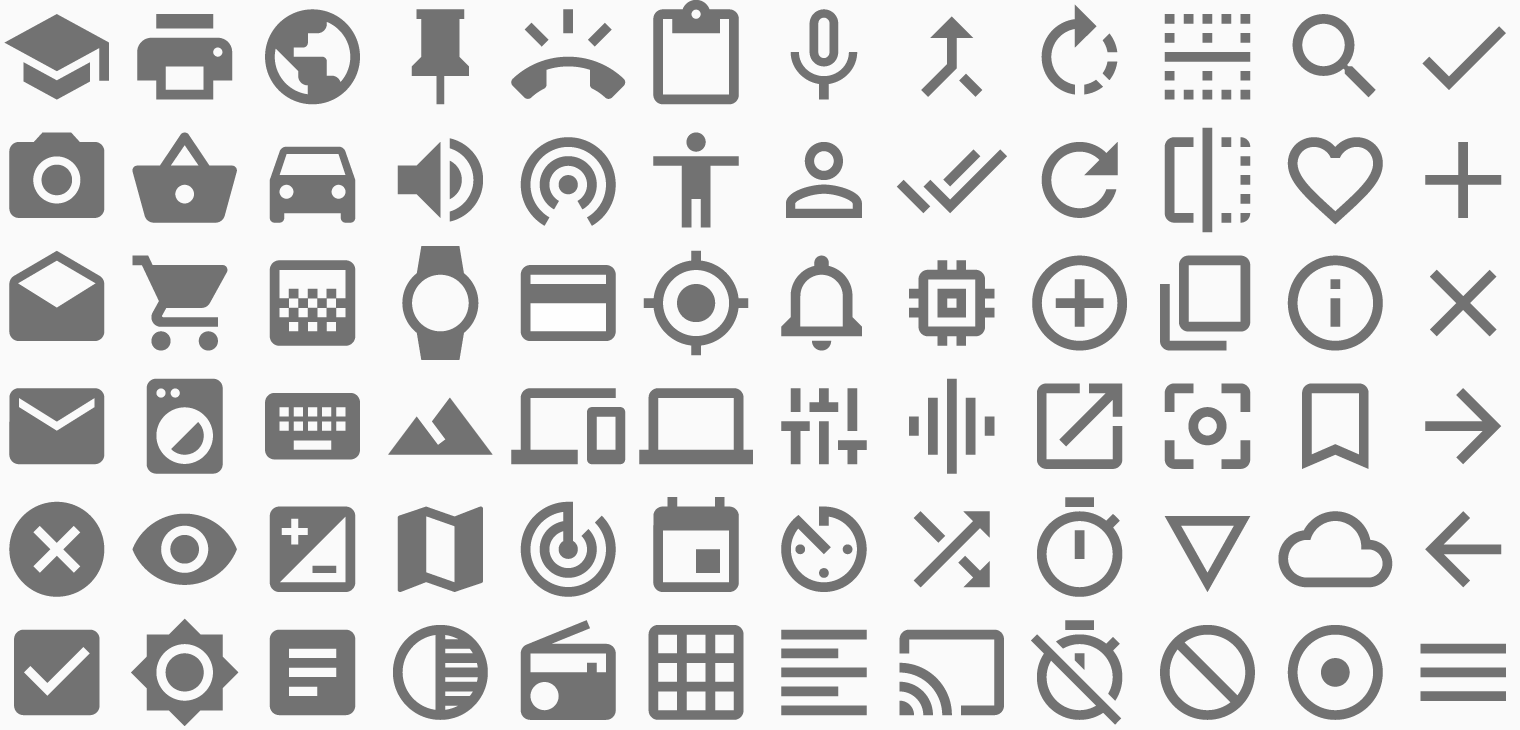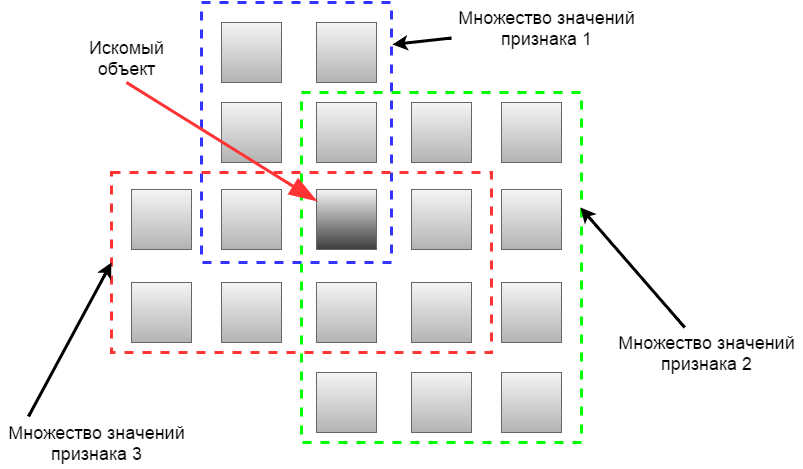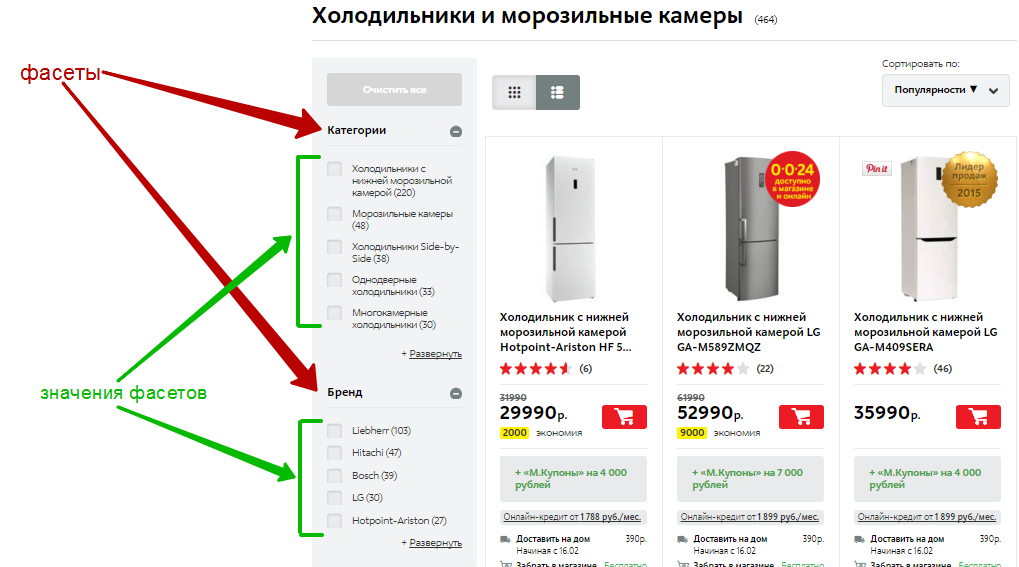Internet information architecture
Beginning of all understanding is classification.Hayden white
What is this article about?
There are many definitions of information architecture. In this article we will try to consider one of its aspects, namely the structuring and classification of information on the site, with the aim of facilitating the process of finding information for visitors to the resource.
Among the owners of the site there is an opinion that the more time spent by the visitor on the site, the better. There are even articles on how to increase the average time of visitors to the site. But is it? What is more important for a business - so that a user has been on the site for 10 minutes in search of necessary information and has left without finding anything? Or so that he still found the information he needed, whether it was the organization’s contacts or instructions for installing the plumbing itself, was glad and later returned to the site or came to the company as a buyer? Suppose the second.
This article will be devoted to how to make life easier for the visitor.
And what is the problem?
')
We didn’t even notice how information technologies went beyond scientific laboratories, computer centers and became part of our daily life. An integral part. There is an opinion that in five years 85% of the territory of our planet will be covered by wireless Internet. And this means that not trained professionals, but ordinary people become consumers of information on the Internet. And when designing the information architecture of a resource, we must be guided by the fact that consumers of information posted on it will not have special knowledge in a particular area.
And this is where problems arise:
- Ambiguity
Ambiguity is peculiar to any language. How many, for example, the meaning of the word "bow" do you know? And the words "dachshund"?
Not to mention the professional jargon. How can an unprepared person understand that under the “transportation” service there is transportation of cargo only from warehouse to warehouse, and not from door to door? And under the word "fence" is not a building of a picket fence or even concrete, but just the very service of delivering cargo from the door to the warehouse?
It is especially difficult to classify abstract concepts such as “theme” or “function.”
- Heterogeneity
In contrast to “homogeneity,” heterogeneity is a property of an object or group of objects made up of disconnected or dissimilar parts.
Semolina is homogeneous because it is very homogeneous. But the information on a modern resource is rather a hodgepodge - so much has been mixed there. Services, prices, articles, online purchase, photos, videos, contacts - not a complete list of topics that are usually posted on the site.
And it is not so easy to put this hodgepodge into components, so that the visitor of the resource understands what is what, and where to look for what.
- Difference of points of view
The resource owner has a clear idea of how his business operates. What are the company's divisions, what is its organizational structure. And often he seeks to organize information on the site in accordance with these ideas.
Here only the visitor knows nothing about how the company is arranged. Coming to the site, he means his specific goal, for example, to find product specifications. And how does he know in the competence of which unit is the compilation of these characteristics?
Some theory
There are two information classification systems - hierarchical and multidimensional.
- Hierarchical classification system

Figure 1 - Hierarchical classification system
When using a hierarchical classification system, the set of objects is sequentially divided into subordinate subsets or classification groups. At each level of classification, the division of a group of objects into subsets occurs according to one of the attributes.
The peculiarity of the hierarchical classification system is that any object at each level of classification can be assigned to only one subset of objects. Rigid classification groups are created, due to a predetermined choice of classification features and the order of their use in the classification steps.
- Multidimensional classification systems
An aspect is a point of view on a classification object, which is characterized by one or several signs. Thus, a multidimensional classification system uses several independent features (aspects) to characterize an object as a basis for classification.
There are two types of multidimensional systems: faceted and descriptor . A facet is an aspect of classification that is used to form independent classification groups. A descriptor is a keyword that defines a concept that forms the description of an object and gives the belonging of this object to a class, group, etc.
In facet classification , a system of classification feature tables is developed, which are called facets. To identify an object, features are sampled from the facets and combined in a certain sequence.

Figure 2 - Description of the facets in a table
Descriptor classification is used to search for information on non-structured data, for example, documents. For descriptor classification, a dictionary — a tesarius — of keywords is compiled, including all of their generic relationships, synonymy, homonymy, and polysemy relations, and then all documents are indexed with a specific set of keywords.
From theory to practice: information organization charts
Organization schemes based on hierarchical classification system
- Alphabetical organization
The information is presented in alphabetical order by last name, product or service, by department and by format. It shows itself well in the classification of homogeneous information, such as, for example, the names of drugs.

Figure 3 - Example of alphabetical organization “ www.rlsnet.ru
- Chronological organization
Involves the organization of information by date of publication. It is used when the publication date is an important aspect of the information. Press releases, news, blogs feeds are all easily sorted in chronological order.

Figure 4 - Example of the chronological organization of information at chto-chitat.livejournal.com
- Geographical organization
Often an important characteristic of information is geographic location. The classification of contact information by country, region, city, metro station will provide easy and intuitive access. It is possible to visualize the geography on the site either using the map or in the form of an alphabetical list, combining alphabetical and geographical organizations.

Figure 5 - Example of geographic organization of information
- Thematic organization
It involves the separation of information on the principle of belonging to individual topics. The disadvantage of this method is its ambiguity, since different people can relate the same object to different topics. For example, a student who needs a textbook on C #, in which section of the bookstore will he be searched for: “Study Literature” or “Information Technology”?
Although the thematic organization is one of the most time-consuming ways, if you can guess the train of thought of your audience, it may be the most effective.

Figure 6 - Example of thematic organization of information www.labirint.ru
- Organization by tasks
If you can highlight some of the functions or tasks that have the highest priority for users, then the information can be organized by a set of processes, functions or tasks.
In the Internet, an organization by tasks is most often found on the websites of banking and insurance organizations, in online banking systems.

Figure 7 - Example of organization by task www.sberbank.ru
The disadvantage of this scheme is that the same minor task can be attributed by different users to different groups, for example, a credit card can be searched both in the “Take credit” section and in the “Select card” section.
- Organization by audience
When the audience of a resource can be clearly divided into at least two groups, the information intended for these groups is completely different, and you can be sure that any visitor to the site can uniquely assign themselves to one group or another, you can apply the organization by audience.

Figure 8 - Example of organization by audience pecom.ru
- Metaphors
They are used to explain something new to users with the help of already familiar concepts. A prime example of the use of metaphors on the Internet is a shopping cart in e-commerce. We all understand what we mean when we put goods in the basket in the online store, just as we understand that there is no physical basket.
A distinctive feature of metaphors is their property of becoming obsolete. Today’s children no longer perceive the Save icon as an image of a three-inch floppy disk. For them, rather, a floppy disk is a sort of “Save” icon.
Google's material design is a modern example of using metaphors.

Figure 9 - Google material design www.google.com/design/spec/style/icons.html#icons-product-icons
Hybrid information management schemes
Strict information organization schemes have one important advantage - they are easily perceived by users. It is easiest for users to perceive classification by audience and by subject. But despite this, in the real situation of design information, because of its heterogeneity, rarely fits into any strict organization scheme. In practice, the most commonly used hybrid schemes.
A hybrid scheme can be built in different ways. It is possible that at the top level one scheme is used, for example, thematic, and the next is another, for example, alphabetic, and different schemes can be used in different sections.
Two or more stringent schemes can also be used in combination at the same level of classification. This can give a very good result, but using more than two schemes at the same level can confuse the user.
The figures below show examples of the use of hybrid information management schemes.


Figure 10 - Examples of hybrid information organization schemes
Using Faceted Internet Navigation
Consider the facet classification by example. A classic example of classification according to a multitude of attributes is wine classification. There are many signs by which wine is classified: country, color, type, vineyard, price, and others. These are the facets.
Inside each facet, you can highlight values. Color, for example, white, pink, red, and the type - dry, semi-dry, semi-sweet, sweet.
Thus, the facets form sets of possible values. The intersection of sets gives an unambiguous identification of the object.
Faceted navigation is based on the assumption that visitors can search for information in various ways. When choosing a wine for one visitor, for example, the type is important, and for another - the preferred country of origin.

Figure 11 - Faceted classification
The advantages of faceted navigation are:
- There are no empty search results. Since the set of values for all features is determined by existing objects, specifying the value of at least one feature results in at least one object.
- The value is indicated. For each value of any feature, you can specify the number of objects that have a given feature value.
- Many search paths. Users can select the values of different features in any order.
- The selection of values can be canceled. Since each feature has a variety of values, the user can at any time build a new combination of values.
At present, online appliance stores use facet navigation most effectively.

Figure 12 - Example of faceted navigation www.mvideo.ru
Descriptor information organization
As mentioned above, descriptor classification is based on the use of keywords. In the Internet, descriptors are implemented as a tag cloud. The number of entries for each tag can be specified as a numerical value, and the size of the font used to write one or another tag.

Figure 13 - Example of descriptor navigation www.livejournal.com
Instead of conclusion
It is better to start building an information architecture on a web resource by identifying groups of the target audience. If it is possible to identify at least two groups equivalent for a business, then the possibility of building an architecture should be considered, starting with the classification by target groups.
If it is impossible to divide the audience into groups, then, as a rule, at the top level of navigation, they try to divide information thematically or functionally.
Strict information organization schemes, such as alphabetical and geographical, are used mainly at deeper levels of nesting by resource sections.
In the e-commerce environment, the best result is provided by faceted navigation, implemented individually in each section of the catalog.
Source: https://habr.com/ru/post/301444/
All Articles